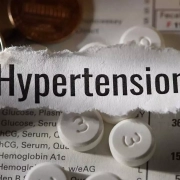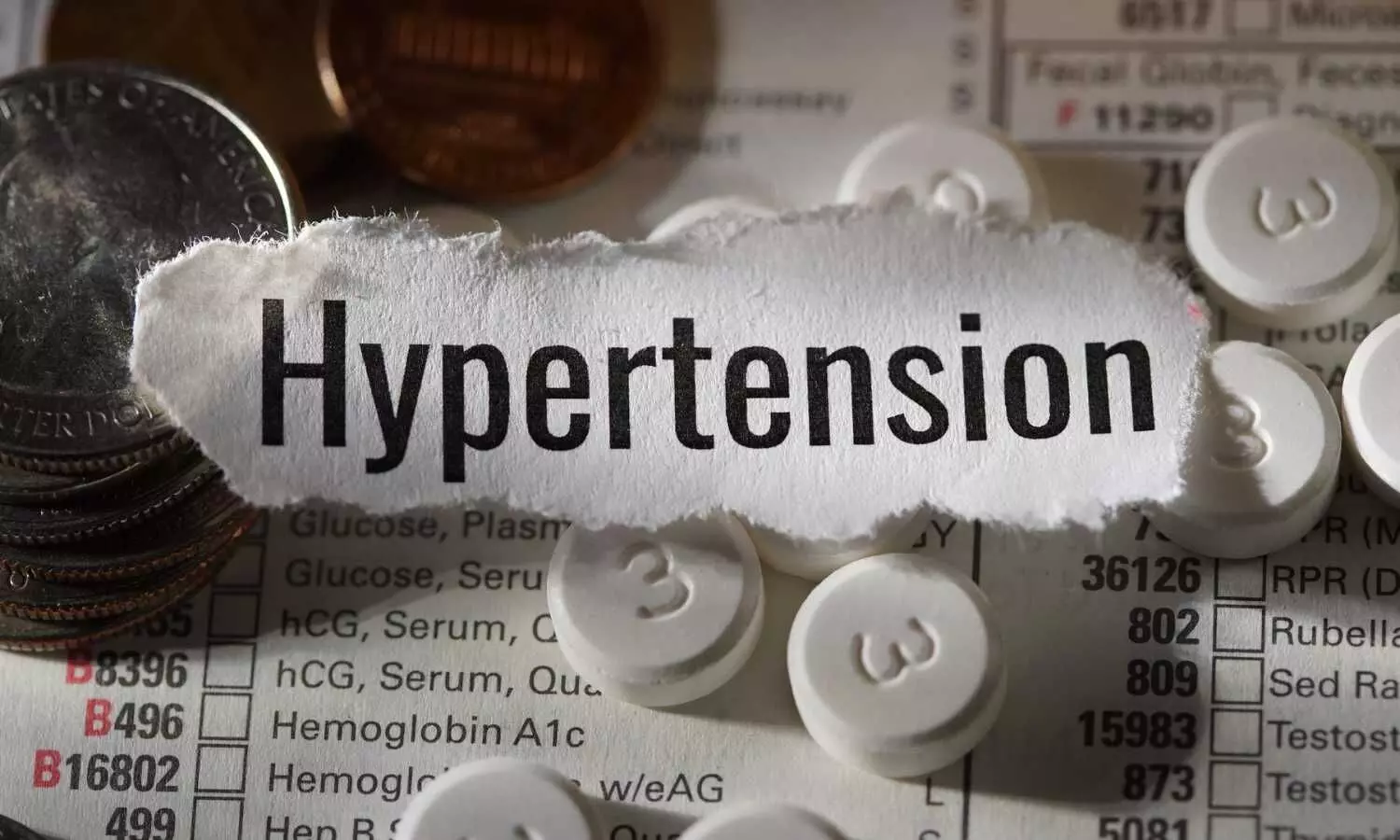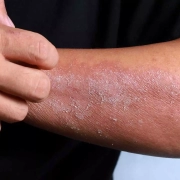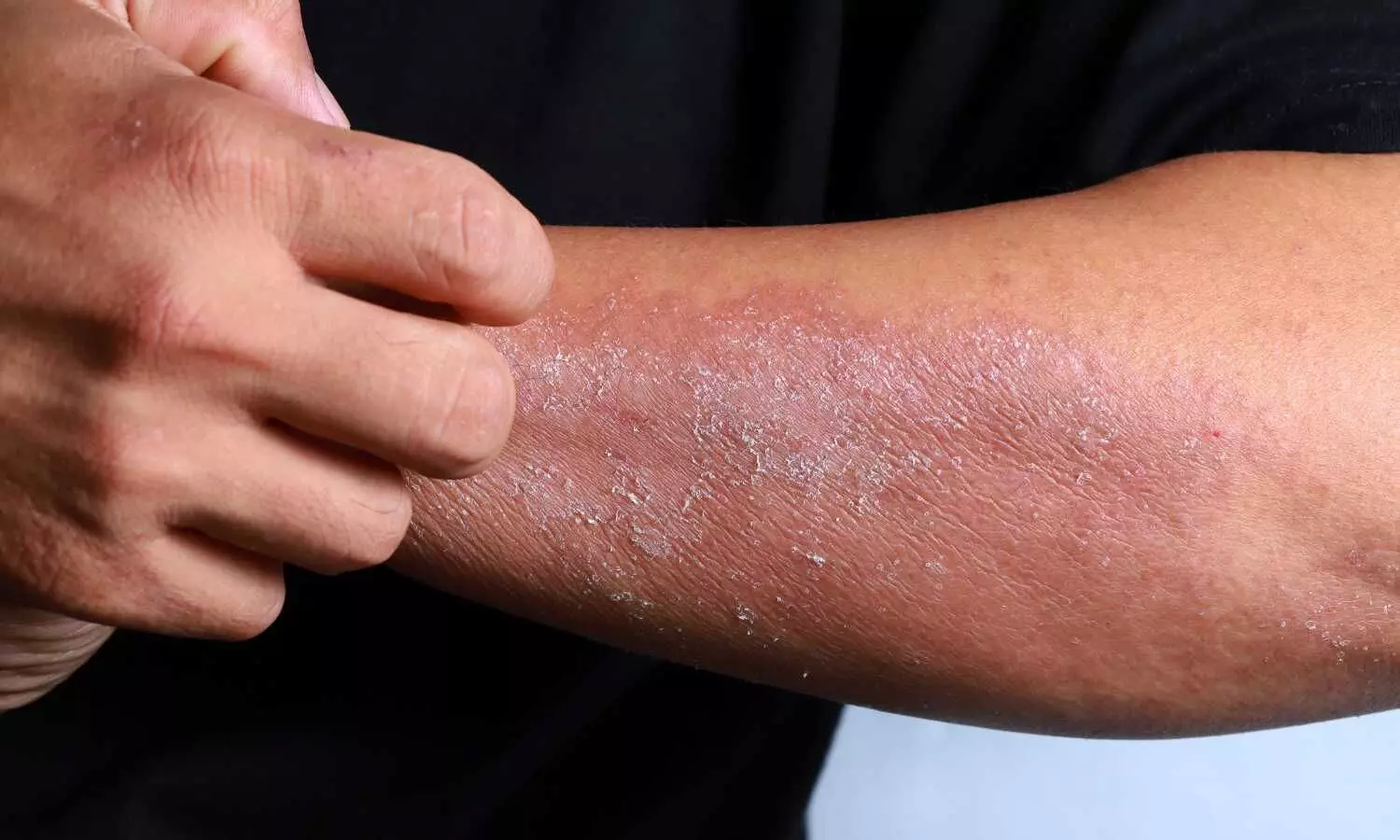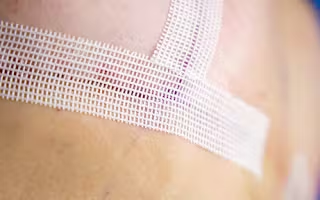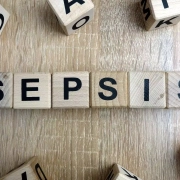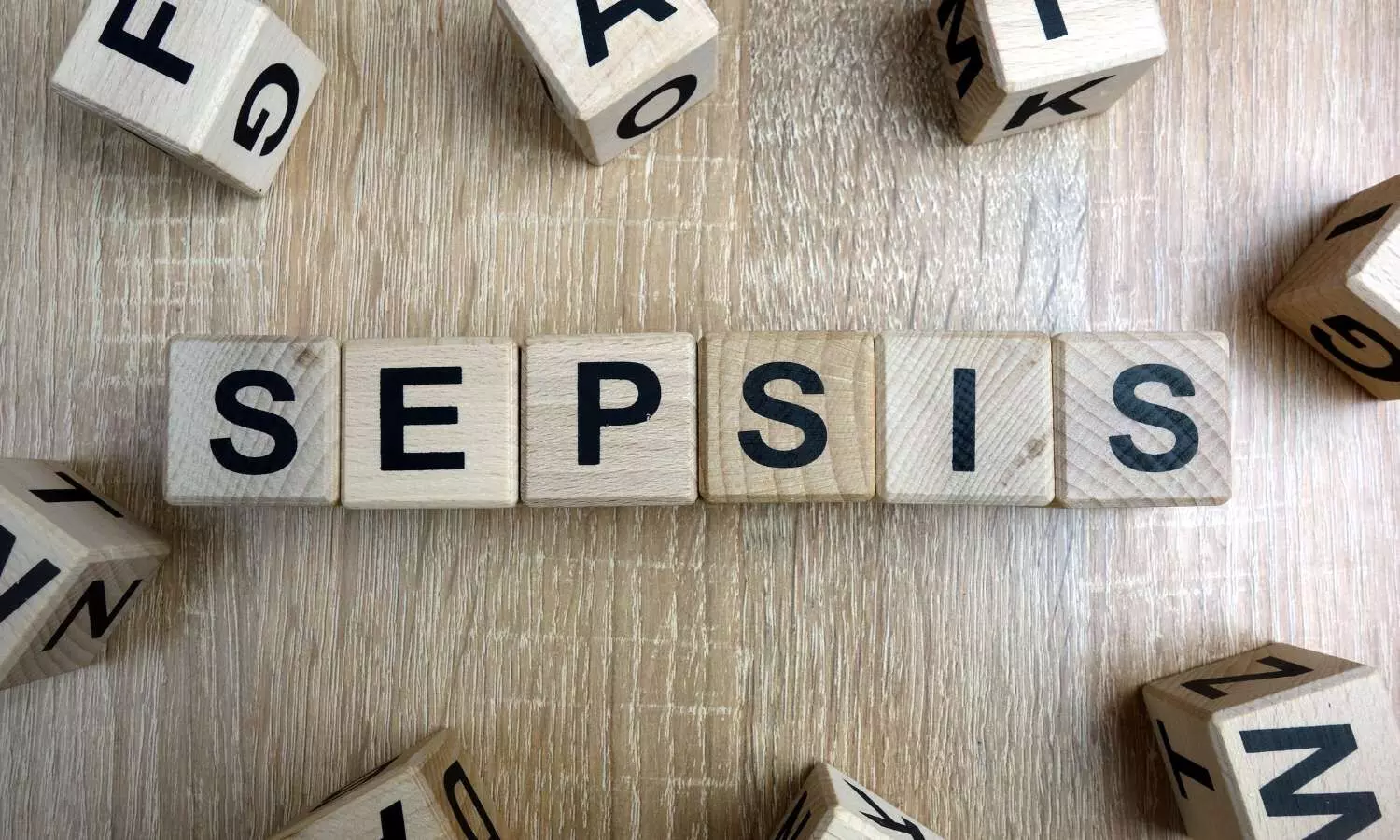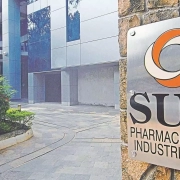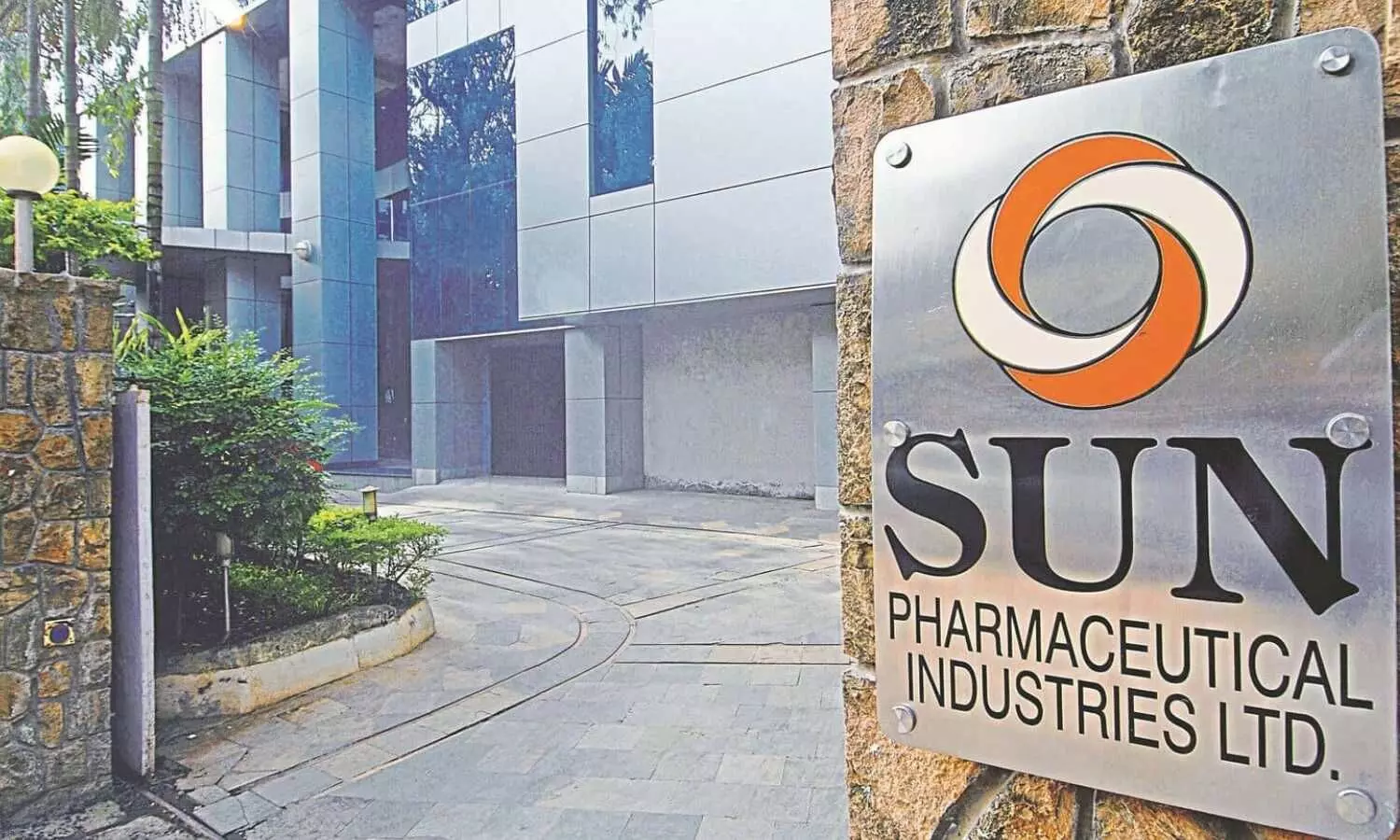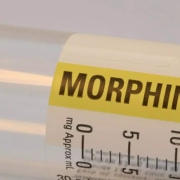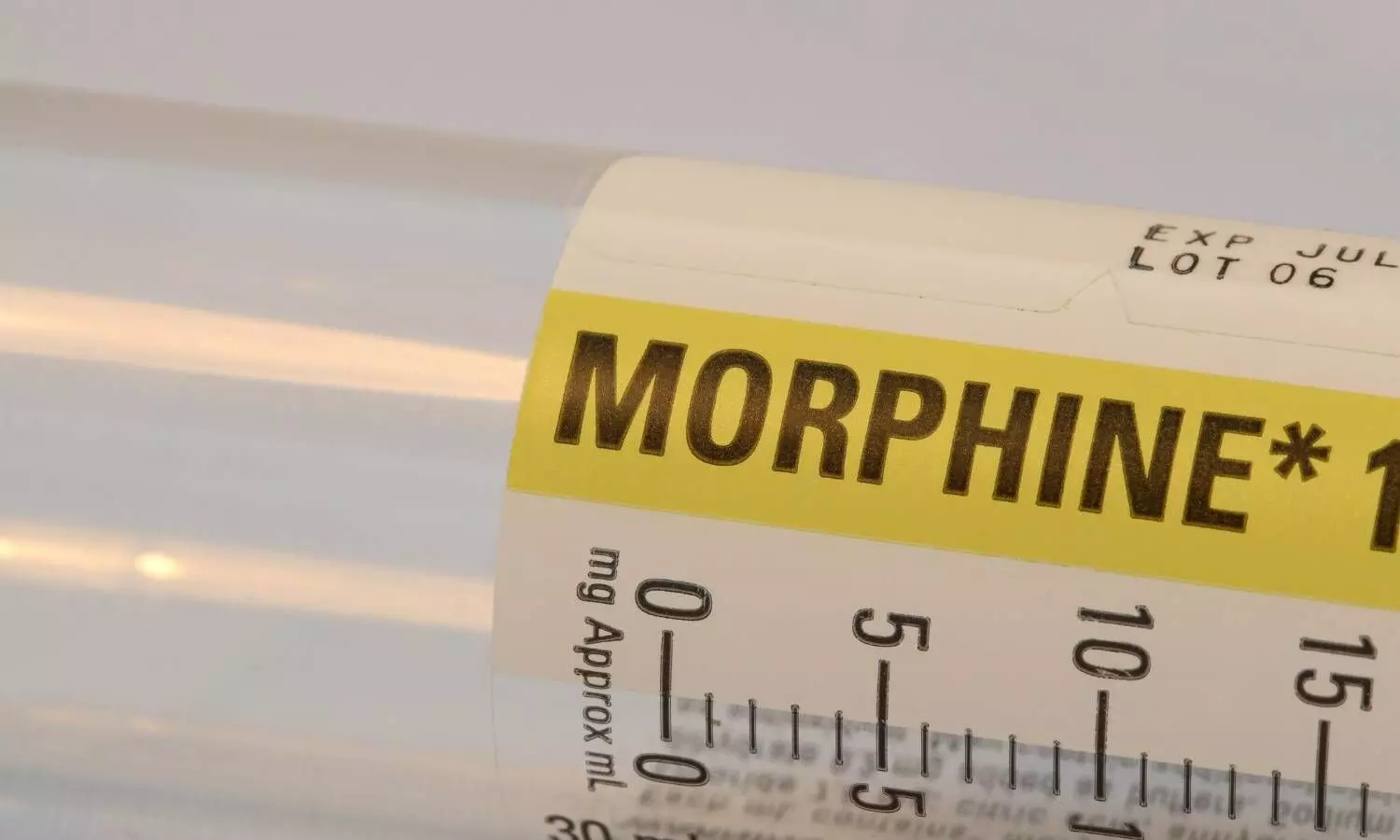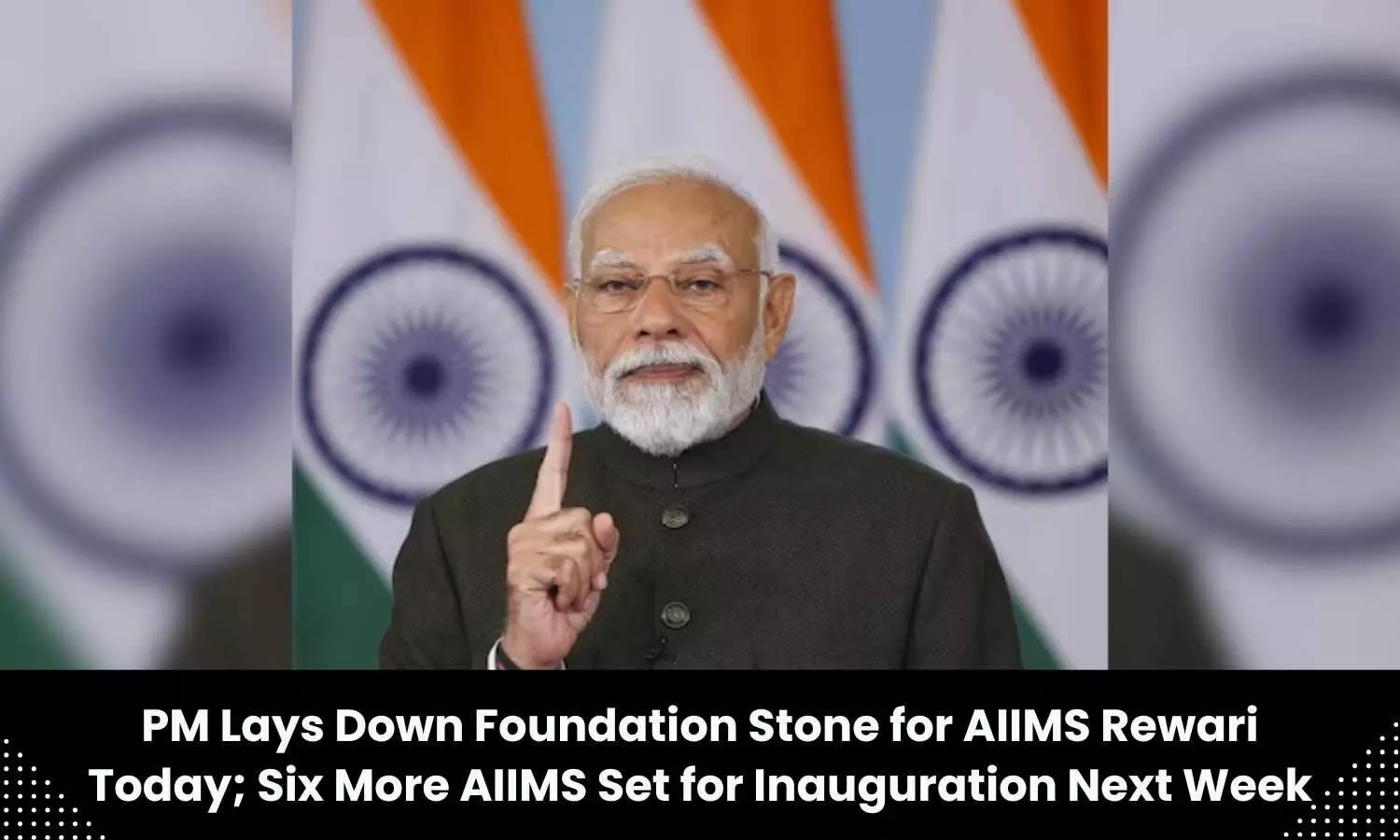
New Delhi: Highlighting the role of the Attitudes, Ethics, and Communication (AETCOM) module in cultivating the right attitude, ethics and communication skills among medical students, a Parliamentary Health Committee has suggested that the module should be made part of the MBBS curriculum. Further, the panel has suggested incorporating these criteria in the National Eligibility-cum-Entrance Test (NEET) as well to assess the aptitude of aspiring medical students.
The panel opined that such aptitude tests at the entrance level not only assess the knowledge of the aspirants but also evaluate the genuine interest and passion of the candidate for the field of medicine.
“It will enable the system to identify candidates who have a sincere calling for the profession and distinguish them from those who may be under external pressure or legacy expectations. By doing so, we can ensure that medical work continues to attract individuals who are genuinely committed to delivering high-quality healthcare,” opined the Department-related Parliamentary Standing Committee on Health an d Family Welfare in its One Hundred Fifty-Seventh report.
The panel, chaired by Shri Bhubaneswar Kalita, presented its report before the Parliament on 9th February 2024. Several issues related to medical education such as infrastructure, faculty issues, and quality control of medical education were discussed in the report.
Referring to the new UG curriculum the panel observed that the new curriculum aims to help students transition from acquiring knowledge to acquiring practical skills. It further noted that achieving this shift depends on aligning and integrating various disciplines.
The committee observed in its report that the key elements of the revised curriculum include foundational courses (FC), early exposure to clinical practice (ECE), training in attitudes, ethics and communication (AETCOM), elective opportunities, and alignment and integration of different areas of study. Additionally, the curriculum promotes electives, self-directed learning, problem-based learning, structured feedback, and maintaining a logbook, the panel noted.
At this outset, the committee acknowledged the critical elements introduced in the new curriculum to help students acquire practical skills and strongly recommended implementing AETCOM module within the MBBS curriculum.
“The Committee strongly recommends the rigorous and comprehensive implementation of the AETCOM module within the MBBS curriculum. This module is paramount as it is pivotal in cultivating the right attitude, ethics, and communication skills among medical students. Patient care is not solely about clinical knowledge and technical skills; it hinges on empathy, compassion, and effective communication. By instilling these qualities in future healthcare professionals, we can significantly enhance the overall quality of patient care. Therefore, the Committee recommends the Government ensure that the AETCOM module is enforced consistently and effectively to empower medical students with the essential attributes needed to provide holistic and patient centered healthcare,” recommended the panel.
Apart from implementing AETCOM in the MBBS curriculum, the panel further advised incorporating these criteria in NEET as well to assess the aptitude of the aspiring medical students.
It mentioned in the report, “In addition to the implementation of AETCOM, the Committee recommends the incorporation of these criteria in NEET so that the aptitude of aspiring medical students can be assessed. Such aptitude tests at the entrance level go beyond mere knowledge assessment of aspirants, often obtained through rote learning and mastering MCQ-based exams, and evaluate the genuine interest and passion of the candidate for the field of medicine. It will enable the system to identify candidates who have a sincere calling for the profession and distinguish them from those who may be under external pressure or legacy expectations. By doing so, we can ensure that medical work continues to attract individuals who are genuinely committed to delivering high-quality healthcare.”
Also Read: Multiple registrations of doctors with various State Medical Councils makes tracking difficult, Parliamentary Panel gives recommendations



